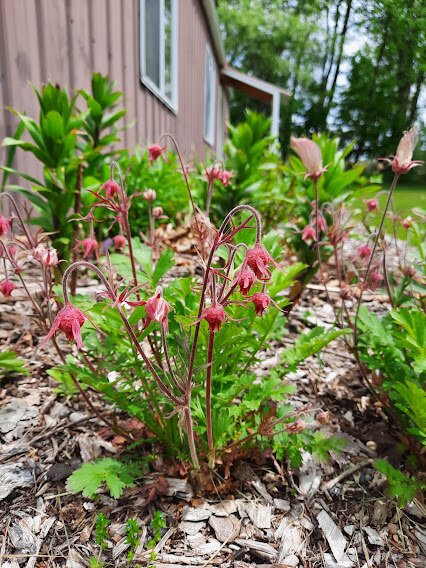Hoary Skullcap (Scutellaria incana)
Hoary Skullcap flowers are visited by bumblebees, their primary pollinator, and less commonly, Skippers and small butterflies. Deer typically avoid this plant because of its bitter taste and possibly toxicity (illinoiswildflower.info). Hoary Skullcap is presumed extirpated in Michigan (mnfi.anr.msu.edu), but its long bloom time makes it a nice addition to a shadier area. In the right conditions, it can spread by seed and rhizomes, forming colonies.
Hoary Skullcap flowers are visited by bumblebees, their primary pollinator, and less commonly, Skippers and small butterflies. Deer typically avoid this plant because of its bitter taste and possibly toxicity (illinoiswildflower.info). Hoary Skullcap is presumed extirpated in Michigan (mnfi.anr.msu.edu), but its long bloom time makes it a nice addition to a shadier area. In the right conditions, it can spread by seed and rhizomes, forming colonies.
Hoary Skullcap flowers are visited by bumblebees, their primary pollinator, and less commonly, Skippers and small butterflies. Deer typically avoid this plant because of its bitter taste and possibly toxicity (illinoiswildflower.info). Hoary Skullcap is presumed extirpated in Michigan (mnfi.anr.msu.edu), but its long bloom time makes it a nice addition to a shadier area. In the right conditions, it can spread by seed and rhizomes, forming colonies.
Life Cycle: Perennial
Sun Exposure: Partial
Soil Moisture: Medium-dry to Dry
Height: 2-3 feet
Plant Spacing: 1-2 feet
Bloom Time: June-September
Bloom Color: Purplish blue
Advantages: Pollinator Favorite, Deer Resistant
Host plant for:
Species of Concern: State Status: Presumed extirpated (legally 'threatened' if rediscovered). State Rank: Presumed extirpated (mnfi.anr.msu.edu).





